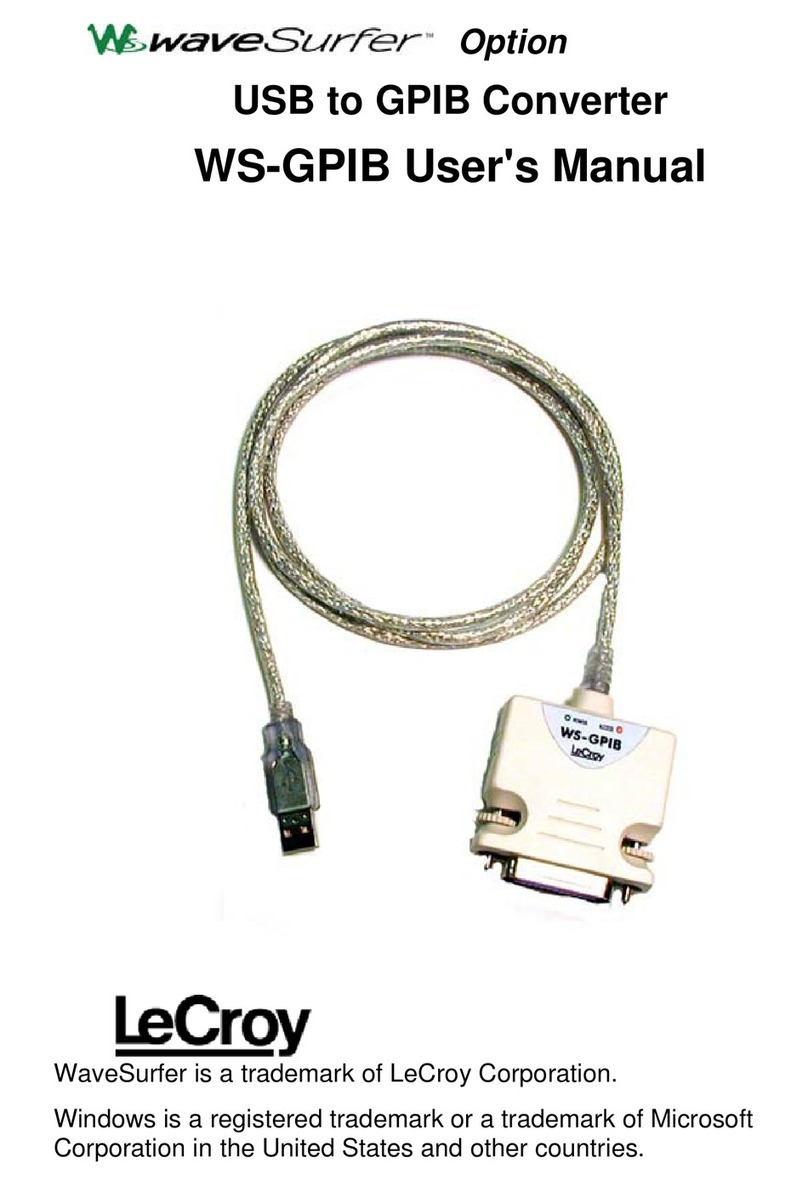
Table of Contents
iJuly 23, 1998
Table of Contents
1. ......................................................................................................................................0-iii
1. General Information............................................................................................................1-1
1.1 Purpose..............................................................................................................1-1
1.2 Unpacking and Inspection......................................................................................1-1
1.3 Warranty............................................................................................................1-1
1.4 Product Assistance...............................................................................................1-1
1.5 Maintenance Agreements.......................................................................................1-1
1.6 Documentation Discrepancies.................................................................................1-2
1.7 Software Licensing Agreement................................................................................1-2
1.8 Service Procedure.................................................................................................1-2
2. ......................................................................................................................................1-2
2. Product Description...........................................................................................................2-1
2.1 Introduction........................................................................................................2-1
2.2 General Description..............................................................................................2-1
2.3 Specifications......................................................................................................2-2
2.4 Front Panel.........................................................................................................2-2
2.4.1 Displays..............................................................................................2-2
2.4.2 Inputs.................................................................................................2-2
2.4.3 Outputs...............................................................................................2-3
2.5 Control and Status Registers..................................................................................2-3
2.5.1 Control and Status Register 0..................................................................2-3
2.5.2 Control and Status Register 1..................................................................2-6
2.5.3 Control and Status Register 3..................................................................2-7
2.5.4 Control and Status Register 5..................................................................2-7
2.5.5 Control and Status Register 7..................................................................2-7
2.5.6 Control and Status Register 16................................................................2-7
2.5.7 Control and Status Register C000000h - C000003Fh ..................................2-8
2.6 FASTBUS Operations..........................................................................................2-8
2.6.1 FASTBUS Address cycle.......................................................................2-8
2.6.1.1 Logical Addressing.................................................................2-8
2.6.1.2 Geographic Addressing............................................................2-8
2.6.1.3 Broadcast Addressing..............................................................2-8
2.7 Data Space..........................................................................................................2-9
2.7.1 Header Word Format.............................................................................2-10
2.7.2 Data Word Format................................................................................2-10
2.8 Readout.............................................................................................................2-11
2.8.1 Single Read from Data Space...................................................................2-11
2.8.2 Block Transfer Read from Data Space........................................................2-11
2.9 FASTBUS Write to Data Memory.........................................................................2-11
2.10 Fast Clears........................................................................................................2-11
2.11 Allocation of Restricted Use Lines.........................................................................2-11
2.12 Example Code...................................................................................................2-12
3. ......................................................................................................................................2-14
3. Installation.......................................................................................................................3-1
3.1 General Installation..............................................................................................3-1
3.1.1 Cables.................................................................................................3-1
3.1.2 Input options........................................................................................3-2
4. ......................................................................................................................................3-3
4. Operating Instructions........................................................................................................4-1
4.1 General Operation................................................................................................4-1
4.1.1 Overview.............................................................................................4-1
4.1.2 Setup..................................................................................................4-1
4.1.3 Acquisition..........................................................................................4-1
4.1.4 Buffering and Readout............................................................................4-1
4.1.5 Read and Write Pointers.........................................................................4-1
4.1.6 FASTBUS Control...............................................................................4-2
4.1.7 Memory Test Mode...............................................................................4-2




























